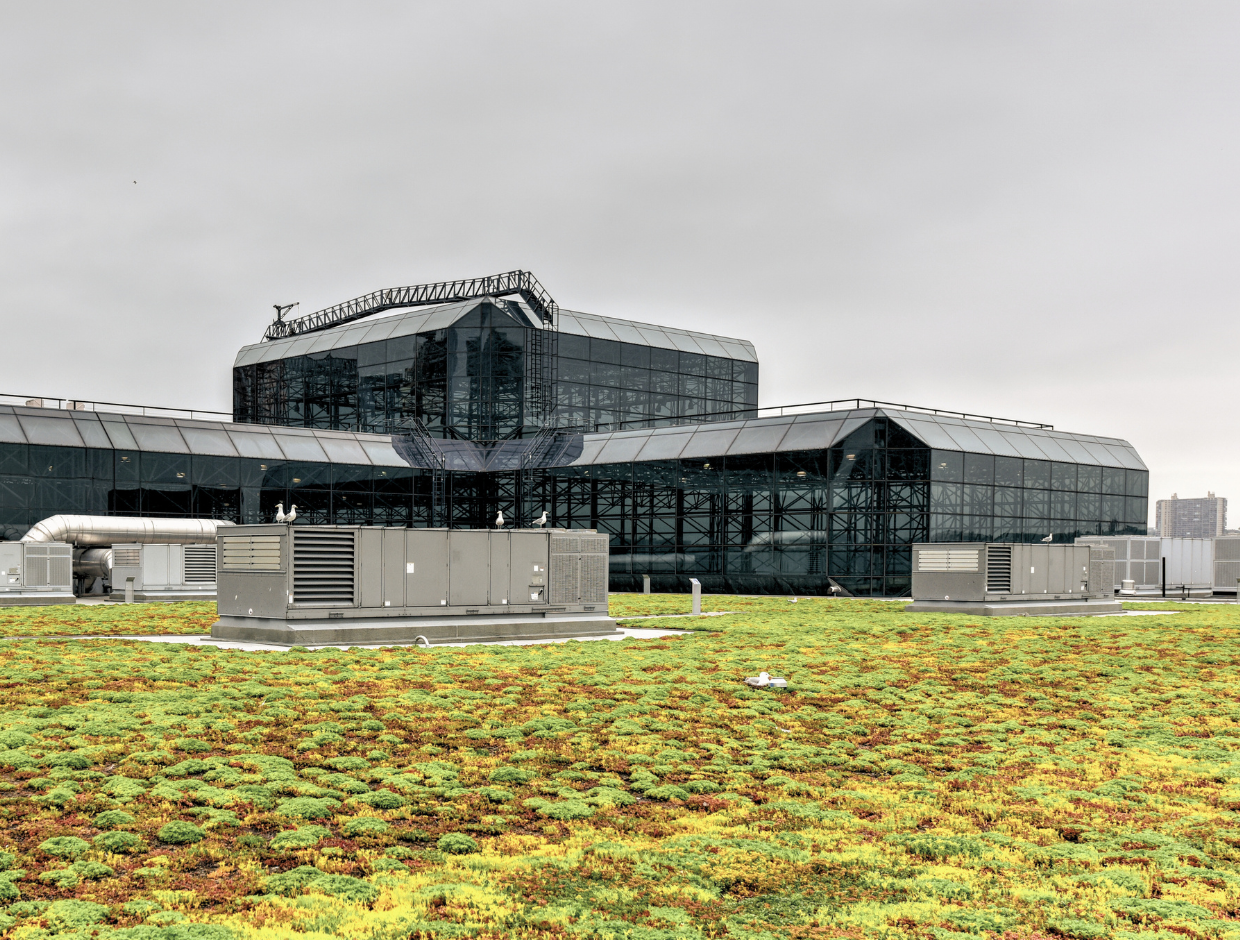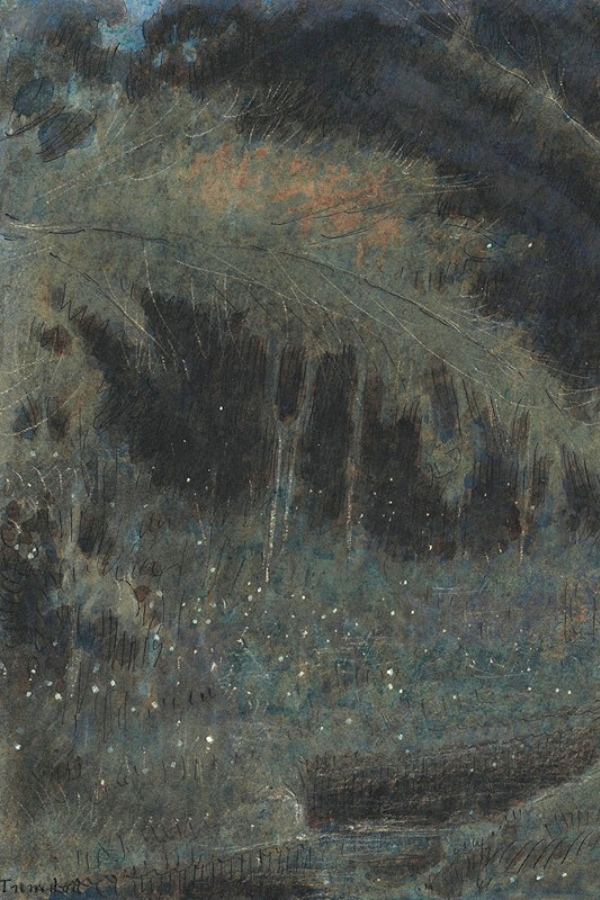

Enchanted Evenings: Viewing the Magical Firefly Synchronization
Summary
Reflection Questions
Journal Prompt
There are few experiences more magical than getting to see tens of thousands of synchronous fireflies flash across Great Smoky Mountains National Park. If witnessing this incredible annual event is on your bucket list, it’s time to pack your bags for Tennessee and South Carolina! These lightning bugs only flash in unison between May and June each year. From the best times to witness these fireflies to the lottery system park rangers implement, read on for all you need to know about this exciting viewing event.
What Exactly Are Synchronous Fireflies?
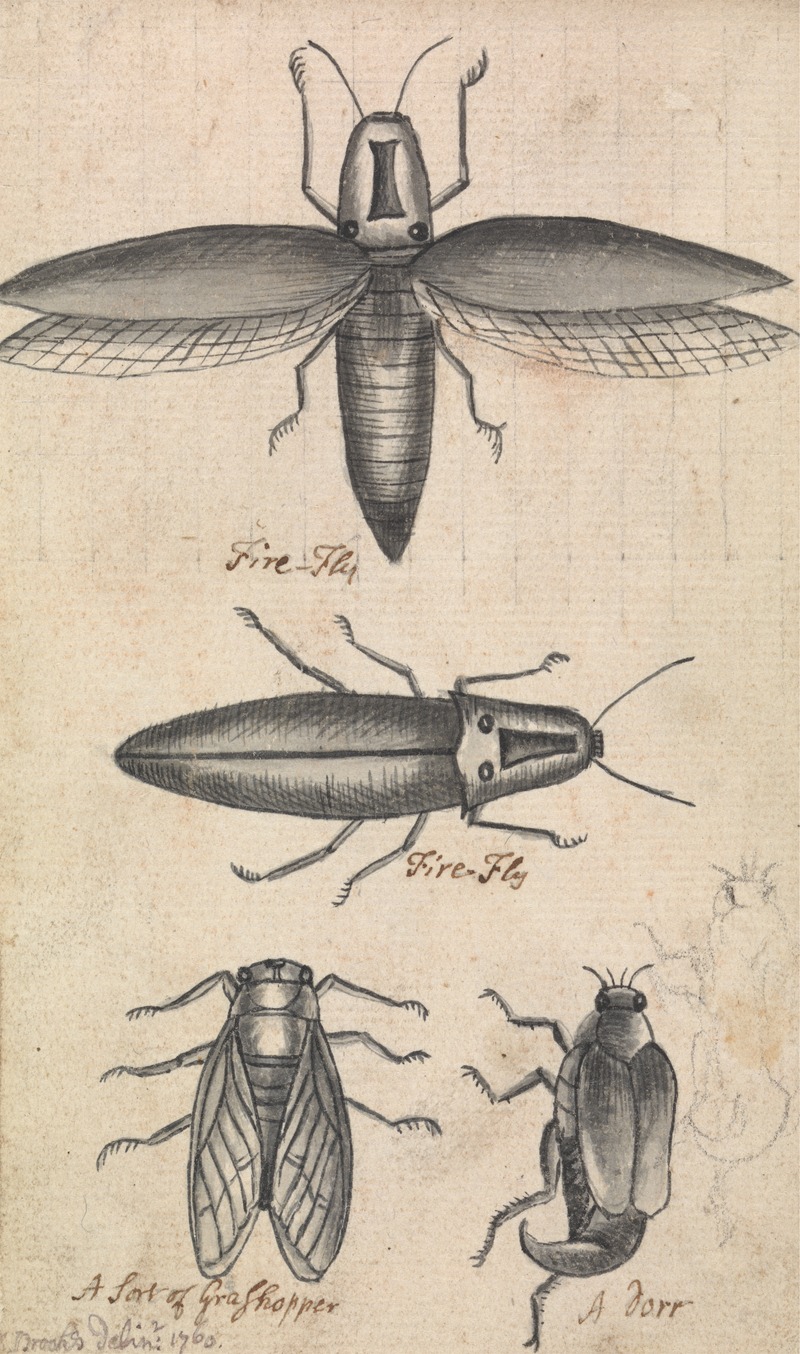

Synchronous fireflies are a type of firefly known for their ability to synchronize their flashing light patterns. This remarkable behavior is not common to all firefly species but is exhibited by several species around the world, including Photinus carolinus, which is famously observed in the Great Smoky Mountains National Park in the United States.
Unlike other fireflies that flash independently, synchronous fireflies coordinate their flashes in unison with others in their vicinity. This can appear as a simultaneous flash pattern across groups, or in waves across large gatherings of adult fireflies.
The primary purpose of this bioluminescence is for mating. Male fireflies flash to attract female fireflies and communicate through specific light patterns. In synchronous species, males often flash together to increase the chances of being noticed by females. Interestingly, these fireflies emit no heat during their mating display.
How Do These Fireflies Flash at the Same Time?
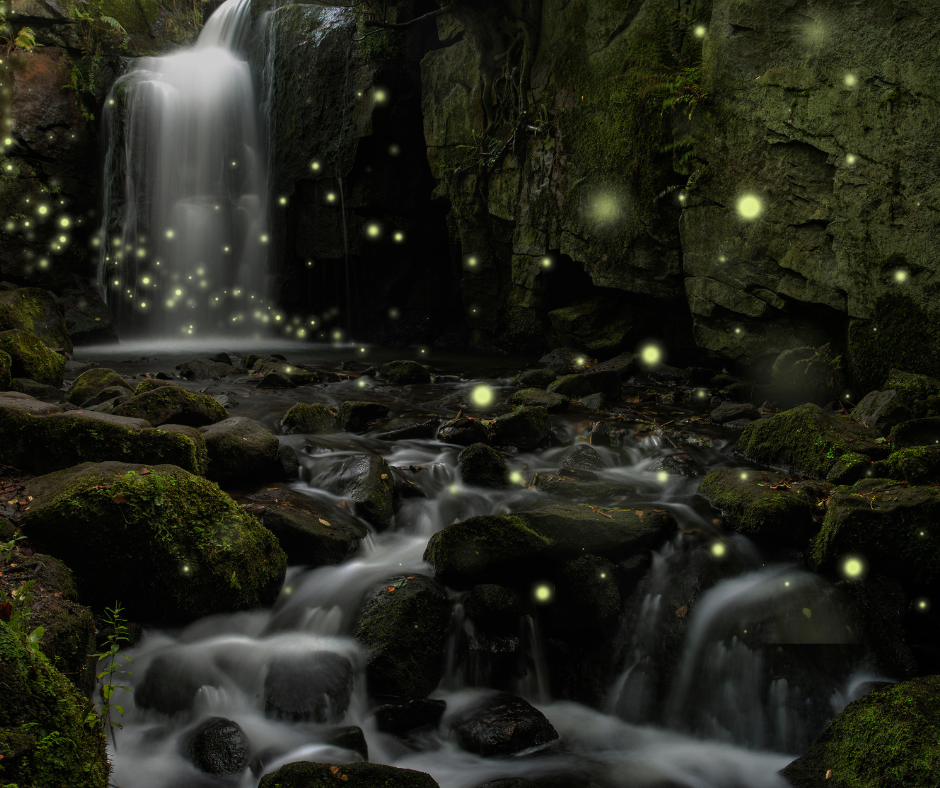

The synchronization typically occurs during a specific period at dusk for several consecutive nights during the mating season, which is usually in early summer. The exact mechanism of how they synchronize is still a topic of research, but it’s believed to involve visual cues and an internal biological rhythm.
This phenomenon is of great interest to firefly researchers because it represents a complex form of natural coordination that could offer insights into other natural systems and even inform technological applications like robotics and communications networks. Scientists have examined species of bioluminescent beetles and other insects to better understand how Photinus carolinus (the synchronous firefly of Southeastern America) flashes, but the exact mechanism is still a subject of debate.
Where Can I Watch This Stunning Display?
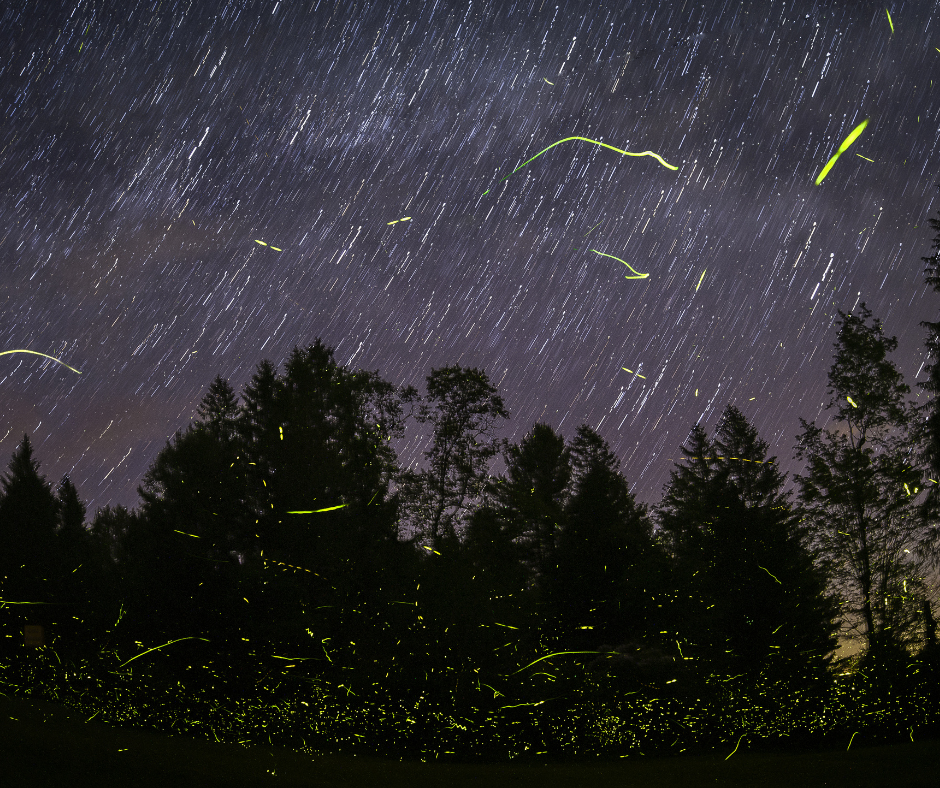

This phenomenon occurs in in the Great Smoky Mountains each year—typically in late May to mid-June. Viewing flashing fireflies has become a popular activity in Great Smoky Mountains National Park, Allegheny National Forest, and Congaree National Park—all of which are sandwiched between Tennessee and South Carolina.
Great Smoky Mountains National Park, Tennessee/North Carolina
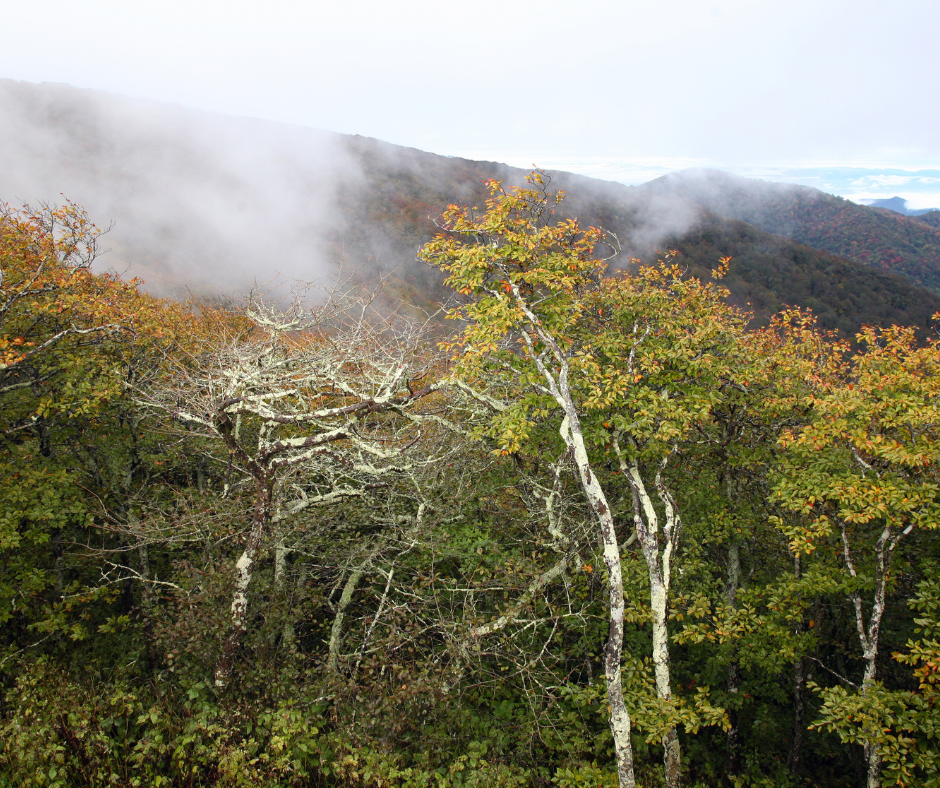

This is the most famous location in the Eastern US for viewing synchronous fireflies. The park hosts an annual event, usually in late May to early June, to view Photinus carolinus, which synchronize their flashing patterns. Access to the prime viewing areas during peak season is controlled by a lottery due to the popularity of this event.
Congaree National Park, South Carolina
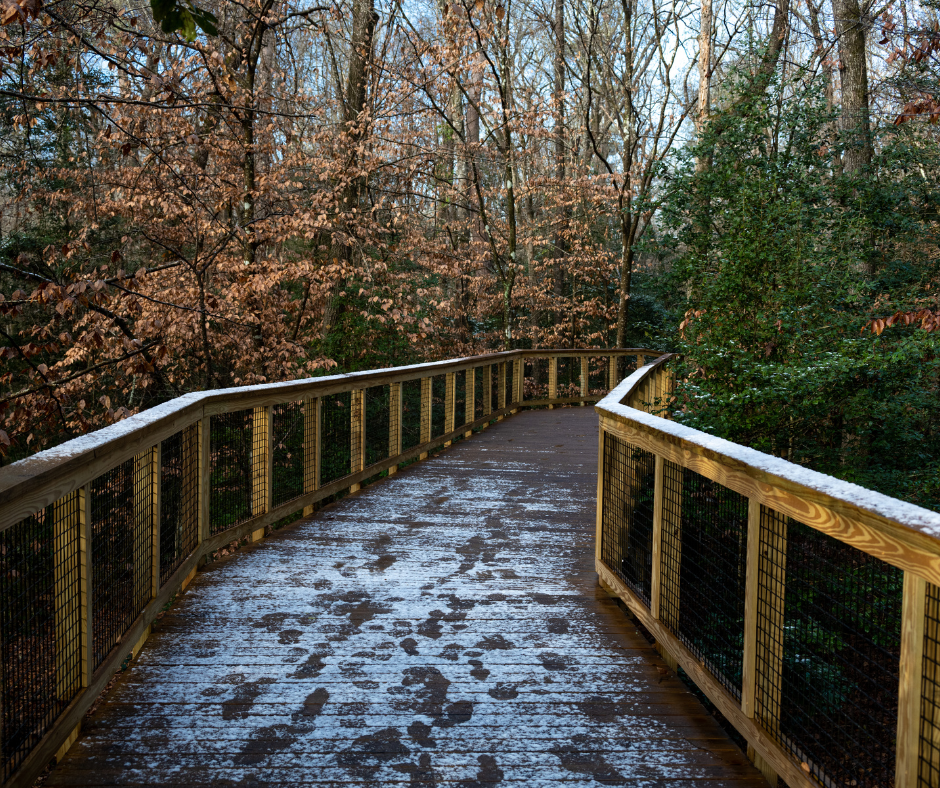

Congaree National Park offers another opportunity to see synchronous fireflies. The park hosts a Fireflies Festival every spring (typically around late May), where visitors can see the fireflies light up in unison. This park is less crowded compared to the Great Smoky Mountains, offering a more secluded viewing experience.
Other Displays of Synchronous Fireflies Around the World
The phenomenon of synchronized firefly flashing, though rare, can be witnessed in several global locations beyond the Great Smoky Mountains in the USA. In Southeast Asia, Malaysia’s mangrove forests in Kuala Selangor are renowned for their large groups of fireflies that exhibit synchronized flashing, making it one of the world’s most famous sites for this natural spectacle.
In Thailand, the Mae Klong River, particularly in the Amphawa and Bang Krachao areas near Bangkok, hosts similar nighttime displays. Further east in Japan, the Genji fireflies (Luciola cruciata) are known for their synchronized behavior, with places like the Uji River and regions around Kyoto and Okayama offering guided viewing tours.
Other notable spots include India’s Western Ghats, where, during the pre-monsoon period from late May to June, the fireflies synchronize their flashing, especially noticeable in forest areas around Maharashtra. In the United States, apart from the Great Smoky Mountains, Congaree National Park in South Carolina also attracts visitors with its annual synchronous firefly events, typically held from late May to early June.
The Philippines offers a unique experience in Palawan at the Iwahig River, where boat rides at night reveal synchronized firefly flashes among the mangroves. Additionally, the forests of Nanacamilpa in Tlaxcala, Mexico, become a stage for thousands of fireflies during their summer mating season, drawing both locals and tourists alike.
Fuel your creative fire & be a part of a supportive community that values how you love to live.
subscribe to our newsletter
Planning Your Trip to View the Synchronous Fireflies
Because of the variability in this annual display, planning a trip to see the synchronous fireflies in the Great Smoky Mountains can be complicated. It involves a bit of flexibility and preparation. To help plan your visit, we recommend following these steps.
Stay Informed
Check the Great Smoky Mountains National Park website regularly for updates on the firefly event. The park usually provides information about the expected timing of the fireflies’ appearance based on historical data and current weather conditions. Sign up for newsletters or alerts related to the park or local nature organizations to receive timely updates.
Understand the Lottery System
Due to the high demand, the National Park Service organizes a lottery system for viewing and parking passes during the peak season. This natural spectacle provides a unique opportunity for thousands of visitors to experience one of nature’s most enchanting displays, but securing a viewing spot early is essential.
Lottery applicants must follow specific procedures set by each park. The Great Smoky Mountains National Park lottery usually opens in late April, and the Congaree National Park lottery typically opens in May. Visit the official National Park Service website or the Recreation.gov website to find the application page for the firefly event.
There is a nominal application fee to enter the lottery. If you win, there will be an additional fee to purchase your parking pass, which is required to access the viewing area. Winners are usually notified by email a few days after the lottery closes. Be sure to check your email, including spam folders, for the notification.
Plan for Flexibility
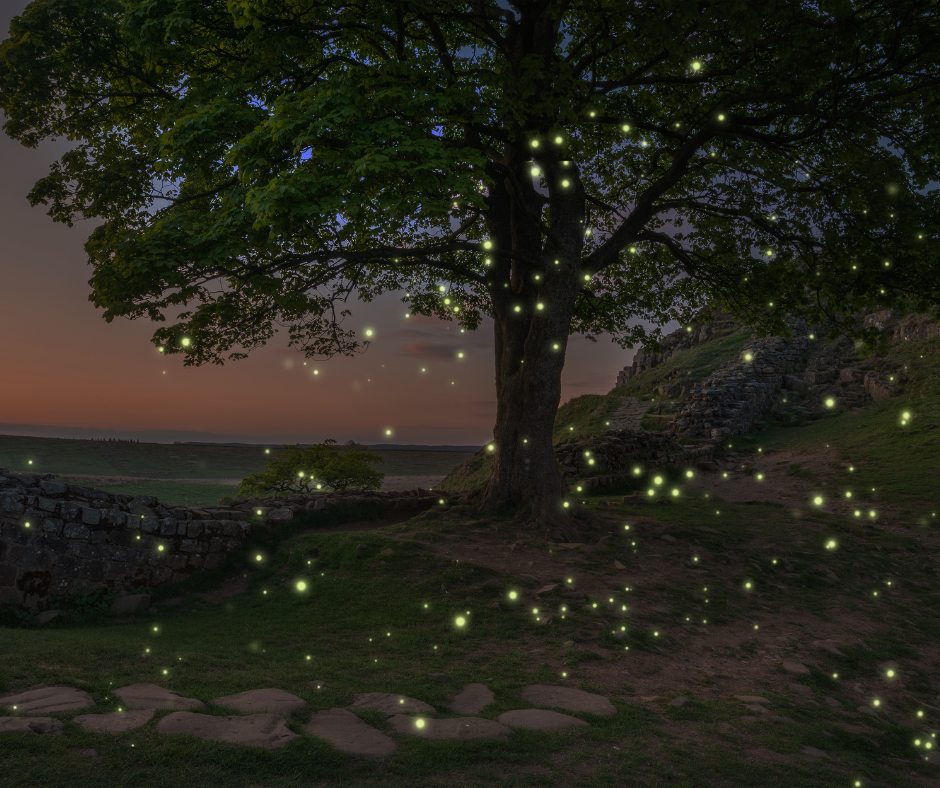

Since the exact timing can shift, try to plan a flexible travel schedule. If possible, consider staying in the area for a few days around your permitted date to ensure you don’t miss the peak display if it shifts slightly due to weather conditions.
Prepare for the Visit
Book accommodations well in advance as the area becomes very busy during the firefly season. Options include hotels in nearby towns or camping sites within the national park. Bring necessary gear such as comfortable walking shoes, flashlights with red or blue filters (to prevent disruption of the fireflies’ activity), and insect repellent.
Familiarize yourself with the rules of the park regarding firefly viewing to ensure a safe and respectful experience. For example, both parks restrict access to certain hiking trails and require vehicle passes for each parking area. To view the synchronized flashing at night, attendees must also cover each flashlight lens in red or blue cellophane so they do not disturb the fireflies.
Ensure Children Understand How to Treat the Fireflies


You can bring children to view the synchronous fireflies at both Great Smoky Mountains National Park and Congaree National Park. These events are family-friendly and offer a unique and educational experience that can be enjoyed by visitors of all ages. However, you must prepare children for what to expect, and discuss the importance of being quiet and respectful of nature during the event.
Ensure children are comfortably dressed for the weather, and consider bringing chairs or blankets for them to sit on during the viewing. Equip children with flashlights or headlamps (with red filters to minimize light disturbance), and keep a close watch on them to ensure they stay within designated viewing areas and paths.
Take the opportunity to teach children about fireflies and the importance of natural habitats. This can make the experience more meaningful and memorable for them. Ensure they understand that firefly viewings can involve waiting and watching quietly for periods of time. This might be challenging for younger children. Bringing quiet activities or games can help keep them occupied during waits.
Develop Alternative Plans
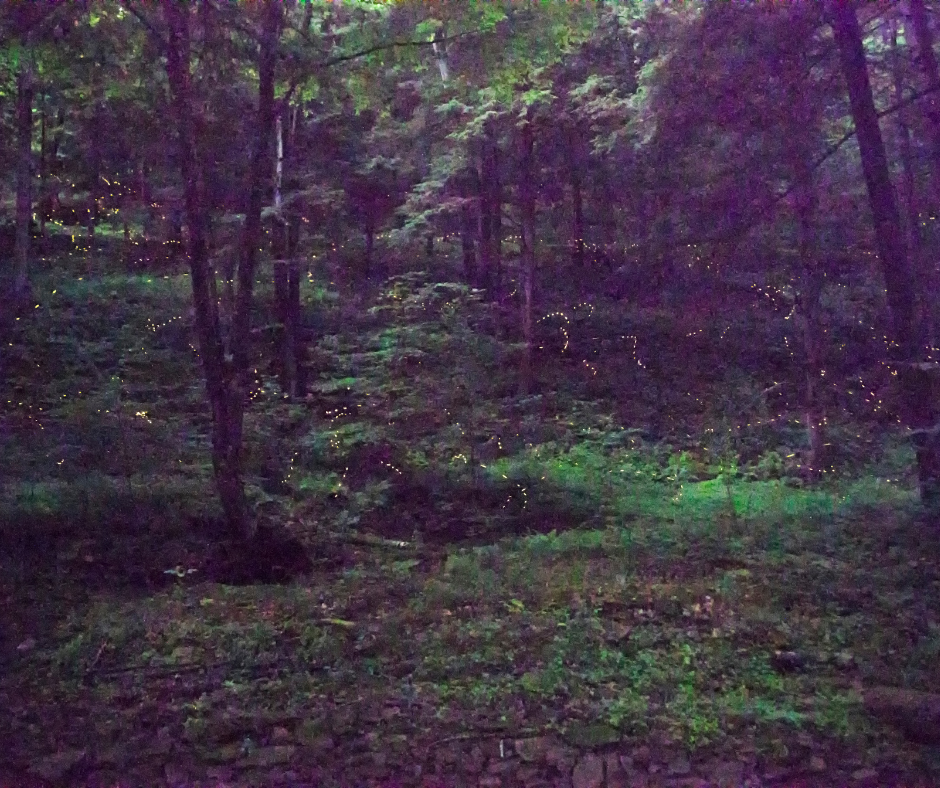

In case you don’t win the lottery, consider other spots near the park or other times of the year where lesser-known species of fireflies might be visible. Local nature centers or parks can offer advice on other opportunities to see fireflies.
Final Thoughts


As the ethereal dance of the synchronous fireflies in the Great Smoky Mountains illuminates the forest with nature’s own symphony of lights, visitors are given a rare glimpse into one of the most enchanting displays on Earth. This natural phenomenon not only captivates with its beauty but also enriches our understanding of ecological balance and the subtle, yet profound, communications within the animal kingdom.
Whether you’re a nature enthusiast, a photographer, or simply seeking a unique experience, witnessing this luminous spectacle serves as a powerful reminder of the wonders our natural world holds and the importance of preserving such treasures for generations to come. We highly recommend entering the lottery to view this incredible event.
Have you viewed synchronous fireflies in the US or abroad? Let us know in the comments below.
Design Dash
Join us in designing a life you love.
-
All About Our 7-Day Focus & Flex Challenge
Sign up before August 14th to join us for the Focus & Flex Challenge!
-
Unique Baby Names Inspired by Incredible Women from History
Inspired by historic queens, warriors, artists, and scientists, one of these unusual baby names might be right for your daughter!
-
Finding a New 9 to 5: How to Put Freelance Work on a Resume
From listing relevant skills to explaining your employment gap, here’s how to put freelance jobs on your resume.
-
What is Generation-Skipping, and How Might it Affect Sandwich Generation Parents?
The emotional pain and financial strain of generation skipping can be devastating for Sandwich Generation parents.
-
Four Material Libraries Dedicated to Sustainability, Preservation, and Education
From sustainable building materials (MaterialDriven) to rare pigments (Harvard), each materials library serves a specific purpose.
-
Do You Actually Need a Beauty Fridge for Your Skincare Products? (Yes and No.)
Let’s take a look at what dermatologists and formulators have to say about whether your makeup and skincare belong in a beauty fridge.






